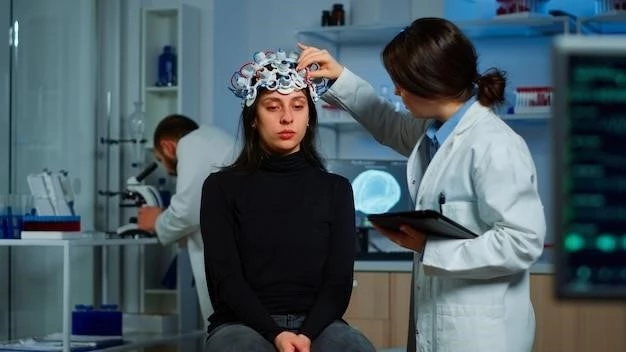Disease ─ Meningioma
Meningioma is a common brain tumor that originates in the meninges. This article provides an in-depth analysis of this disease, including its symptoms, diagnosis, risk factors, prognosis, treatment options, neurosurgery, spinal cord involvement, and follow-up care.
I. Introduction to Meningioma
Meningioma is a type of brain tumor that arises from the meninges, the protective layers surrounding the brain and spinal cord. These tumors can be either benign or malignant, with most being benign. They are usually slow-growing and may not cause symptoms initially. However, as they enlarge, they can lead to various neurologic symptoms. Meningiomas are typically diagnosed using imaging tests such as MRI or CT scans.
II. Symptoms and Diagnosis
Common symptoms of meningioma may include headaches, seizures, vision problems, weakness in the limbs, and cognitive changes. Diagnosis involves a thorough neurological examination, imaging studies like MRI or CT scans, and possibly a biopsy to confirm the presence of the tumor. Early detection is crucial for determining the appropriate treatment plan and optimizing the patient’s prognosis.
III. Risk Factors and Prognosis
The risk factors for developing meningioma include older age, female gender, exposure to ionizing radiation, and certain genetic conditions. While most meningiomas are benign and have a good prognosis after surgical removal, malignant cases have a poorer outlook. Factors influencing prognosis include the tumor’s location, size, grade, and the patient’s overall health. Regular follow-up care and monitoring are essential to assess any recurrence or new developments.
IV. Treatment Options
The primary treatment for meningioma is surgery, where the tumor is removed by a neurosurgeon. In cases where complete removal is not possible, radiation therapy may be recommended to target any remaining tumor cells. For benign meningiomas, observation with regular imaging may be sufficient. The choice of treatment depends on various factors such as the tumor’s size, location, and grade, as well as the patient’s overall health and preferences.
V. Neurosurgery and Rehabilitation
Neurosurgery is the mainstay of treatment for meningioma, aiming to safely remove the tumor while preserving neurological function. After surgery, rehabilitation may be necessary to help patients regain strength, mobility, and cognitive abilities. Physical therapy, occupational therapy, and speech therapy are commonly involved in the postoperative rehabilitation process. The extent and duration of rehabilitation depend on the individual patient’s needs and the impact of the tumor and surgery on their daily life.
VI. Spinal Cord Involvement and Follow-Up Care
While meningiomas primarily affect the brain, they can also involve the spinal cord, leading to symptoms such as weakness, numbness, or bowel and bladder dysfunction. Monitoring for spinal cord involvement is essential, as it may require specific diagnostic tests and treatment approaches. Regular follow-up care, including imaging studies and neurological evaluations, is crucial to detect any recurrence or new growth of the tumor promptly. Patients with spinal cord involvement may require specialized care and interventions tailored to their specific needs.

